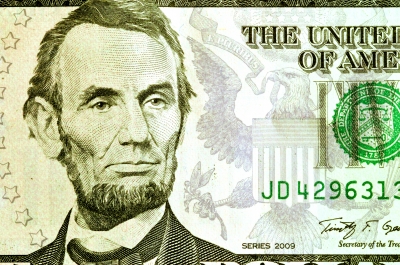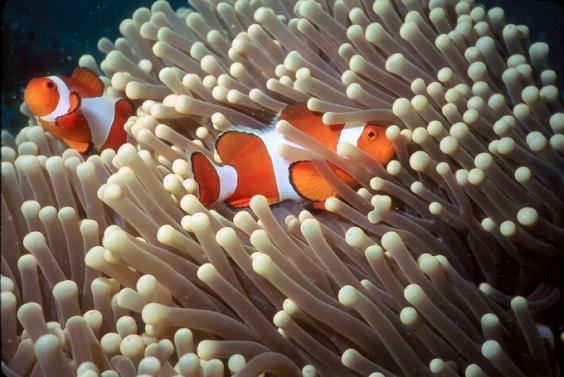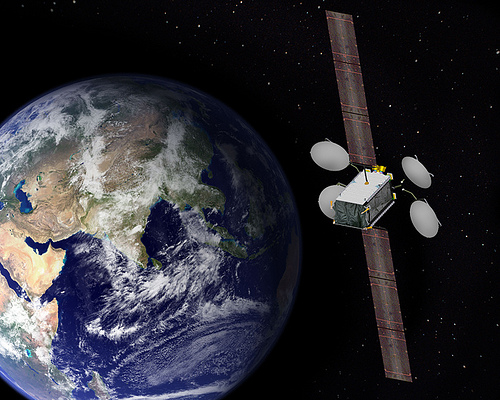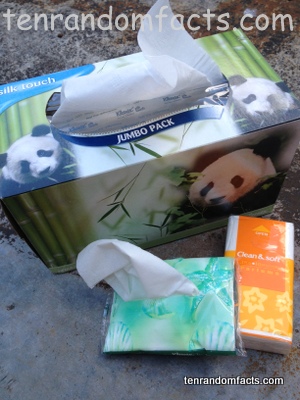
“Government of the people, by the people, for the people, shall not perish from the earth.” – Abraham Lincoln.
- Abraham Lincoln was a lawyer and politician born on 12 February, 1809 and was assassinated by an actor, John Wilkes Booth, on 15 April 1865.
- Abraham Lincoln was the 16th United States President, during 1861 to 1865, being responsible for taking major action in the American Civil war, ending US slavery and improving the US economy.
- Abraham Lincoln was self-educated and came from an uneducated family, and is commonly ranked the greatest United States president of all time.
- In 1840, Abraham Lincoln was engaged to his future wife, Mary Todd, however they broke up and did not marry as planned in 1841, but later came back together eventually marrying in late 1842.
- Abraham Lincoln and his wife Mary had four children, although only one survived till adulthood, and the last descendant of Abraham died in 1985.
Lincoln
Image courtesy of Gualberto107/Free Digital Photos
- A portrait of Abraham Lincoln can be seen on the American penny and $5 note, and he received a patent in 1849, for a boat floating device.
- Abraham Lincoln has his face sculpted on Mount Rushmore, and has a memorial and a museum dedicated to him.
- Abraham Lincoln was a well known wrestler in his younger age, and is said to have defeated nearly all of the 300 wrestlers he wrestled against, and he also served in war as a captain and a private during a three month period.
- Abraham Lincoln was originally a member of the Illinois House of Representatives and later became the Illinois member for the US House of Representatives.
- Lincoln’s assassins’ brother, Edwin Thomas Booth, saved Abraham Lincoln’s son, Robert Todd Lincoln, from a train accident, a few months before Lincoln was assassinated.
Bibliography:
Abraham Lincoln, 2013, Bio, <http://www.biography.com/people/abraham-lincoln-9382540>
Abraham Lincoln, 2013, Wikipedia, <http://en.wikipedia.org/wiki/Abraham_Lincoln>























